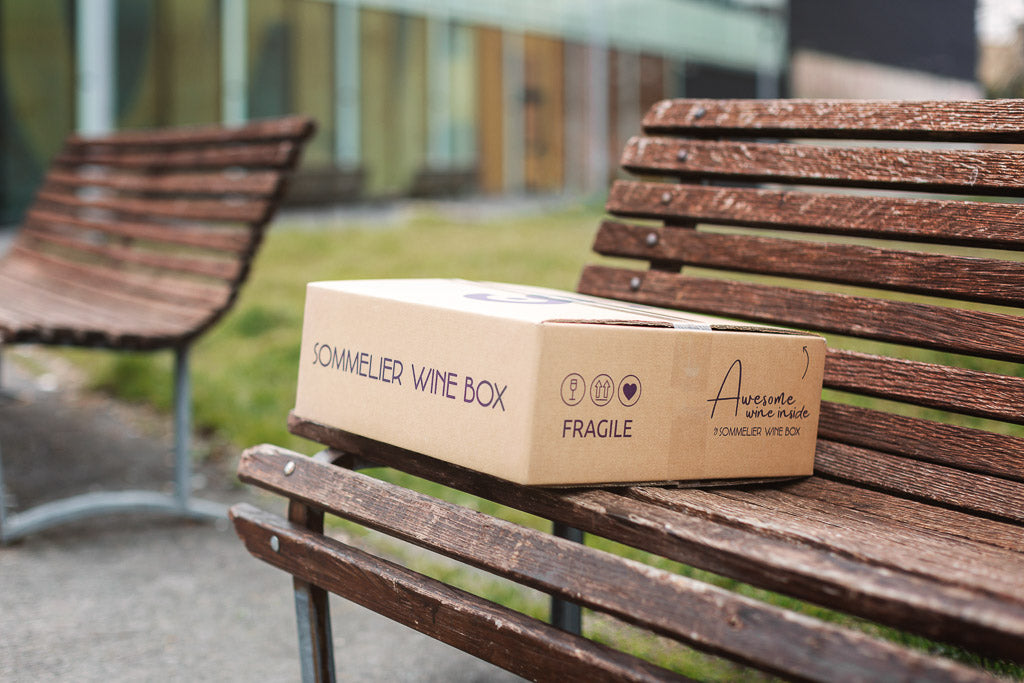What is the body if not the means by which to be in the world? It is also important in wine: the structure, which determines the body of the wine that arrives in the glass, plays an essential role in tasting, as well as in pairing with food. But what exactly is meant by the "body" of a wine and how do you evaluate it?
Let's see together everything there is to know about the body and structure of wine.
What is meant by the structure of a wine?
Some wines flow lightly in the mouth, without causing any sense of gustatory fullness and leaving minimal traces. Others, on the contrary, rich and complex, are almost chewable and leave long taste-olfactory nuances even after being swallowed. What distinguishes them is precisely the different structure.
Let's imagine eliminating water, ethyl alcohol and all the volatile components from wine: what would remain is a pasty compound made up of sugars, fixed acids, polyphenols, mineral salts, glycerin, gums and more. All this forms the dry extract , on which the structure depends, linked to everything solid in the wine . This is the "fixed residue", a value expressed in grams per liter and is found in the (rather wide) range between 9 and 50 g/l.
What are the levels of dry extract in the different types of wine?
In white wines the dry extract is generally between 16 and 22 g/l , while in red wines it is around 20-30 g/l .
What are the levels of dry extract in the different types of wine?
In white wines the dry extract is generally between 16 and 22 g/l, while in red wines it is around 20-30 g/l.
How do you evaluate the structure of a wine?
- The evaluation of consistency begins during the visual examination , which already provides valuable information relating to the structure of the wine. The more consistent a wine is to the eye - in colour, weight and resistance to swirling in the glass - the more important structure should be expected.
- Confirmation then occurs upon tasting , evaluating how it flows on the tongue . In a word, chewiness . To learn more about tasting, we have written a complete guide .
What are the technical terms to describe the structure of a wine? What is the wine glossary in this regard?
The description of the structure can be made with terms that clearly refer to the constitution of the human body.
- LEAN : it is said of a wine in which there is an insufficient and therefore anomalous structure. Generally these are wines obtained from grapes that are damaged or subjected to excessive processing. It's a flaw.
- WEAK : describes a wine in which a moderate structure is found, due to the presence of a limited quantity of dry extract. Generally these are simple and very drinkable wines, to be tasted when young.
- BODY : it is said of a wine in which a good structure is found. Generally these are wines obtained from grapes harvested at an optimal level of ripeness, rather rich in extractive substances. It is naturally an advantage.
- ROBUST OR STRUCTURED : indicates a wine with great structure. Generally these are red wines but you can also have a robust white, if aged in wood, as well as dessert wines , fortified wines or other wines obtained from botrytised grapes , where sugar also further enriches the structure.
- HEAVY : it is used to describe a wine in which there is an excessive structure to the point of becoming unpleasant, characterized by a coarse texture and lack of balance: all this, in the mouth, causes gustatory tiredness. Generally these are wines subjected to incorrect processing. It's a flaw.
What do full-bodied wines pair with?
The principle itself is simple: a full-bodied wine should be paired with dishes with an equally elaborate structure , which must be able to stand up to the wine, in terms of flavor and persistence, without succumbing.
And so a structured and full-bodied red wine will pair perfectly with red meats, game and mature cheeses.
A full-bodied white wine will be perfect with strong cheeses or fatty fish such as salmon or monkfish, if it has good acidity... as many dishes as your imagination allows!




